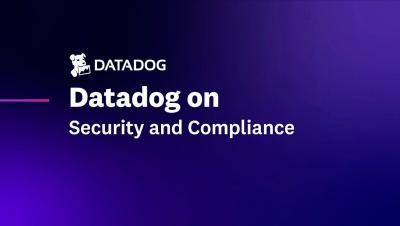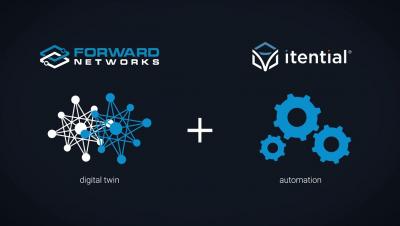Navigating Cloud Adoption Myths And Misconceptions
Cloud computing is the vehicle with which modern enterprise organisations drive their digital transformation initiatives. Cloud adoption provides an opportunity for organisations to progress their digital transformation initiatives, scale rapidly and develop their digital service offerings with reduced time and cost overheads, resulting in more agile and efficient working practices and increased value to customers.











